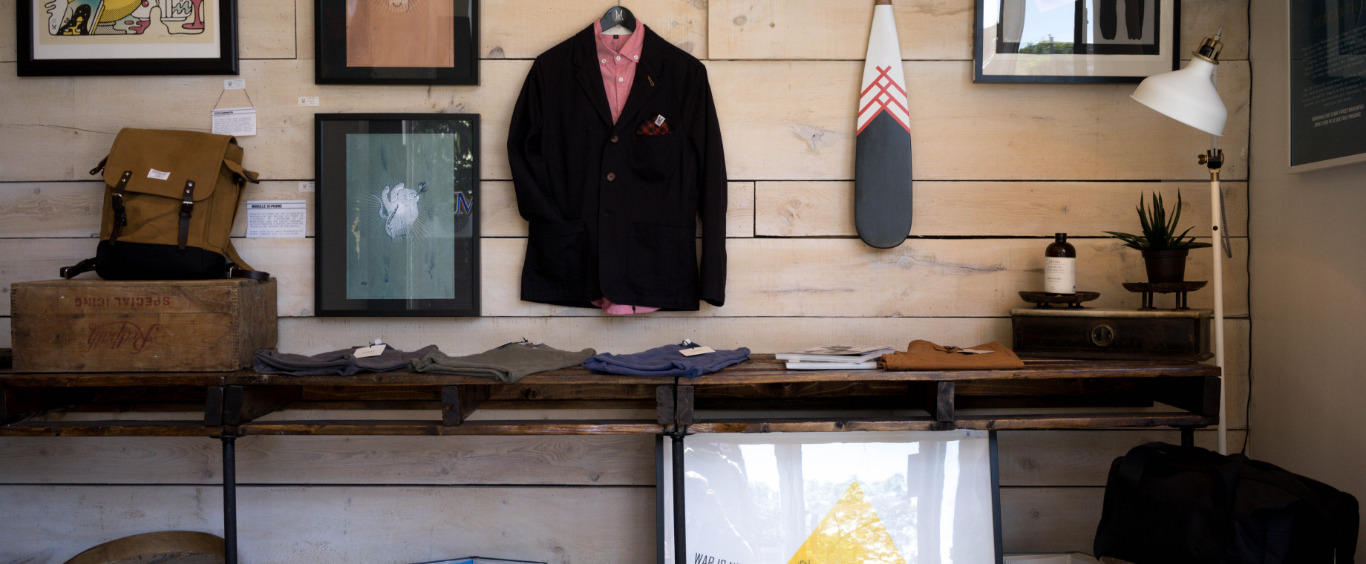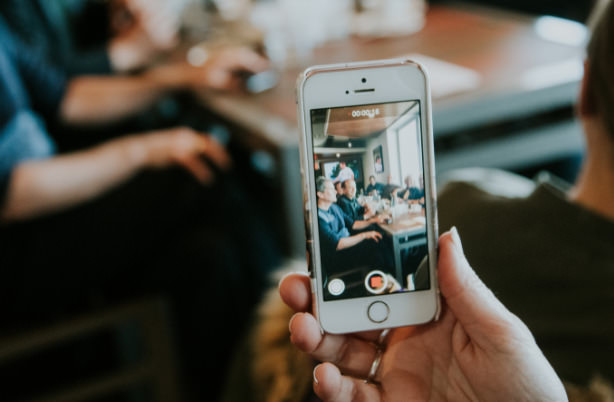PHYSICAL ENVIRONMENT AND PRODUCT USER TESTING
Physical environment and product user testing
Gather visitor reactions to new displays and environments. Observe the visitor experience and capture opinions, pain points and areas of delight to refine retail environments, displays and services.
How the process works
- Work with our Research Managers to design testing protocol for physical products or environments
- Deliver physical products kits or instruct participants to visit the location of the environment to be tested
- Use mindswarms remote video capture to gather participant responses to their experience using products or visiting environments
- Conduct inquiries to fully understand user expectations and the cognitive models they associate to the product and environment experience
- Capture the product/environments context and the artifacts and elements influencing the user experience
Methods used
- Product and environment experience trial kits and instructions
- User narrated walkthroughs of physical product usage and environment visits
- Ergonomic audits of product and environment features
- Contextual tours of related elements influencing the experience
Timing and cost
- Product Concept Test can take from 7-14 days or more to complete depending on study complexity
- Typical projects involve 15+ participants
- Fees including screener development, study management, recruiting, hand-selecting the best candidates, QA of videos, respondent incentives, and transcripts @$500/person for US respondents, and $1,000/person for international markets (additional incentives may be required if travel or retail visits are required)
- Fees for optional analysis start at $7,500 for a report on a 15 person study, and $12,500 for a 30 person study
- Fees for optional edited video start at $5,000 for a 90-120 second highlight reel with title cards and music (B roll and motion graphics are extra)
Deliverable
15 participants each answer 10 questions using the video on their smartphone or laptop. That produces 150 x 1 minute video clips and corresponding transcripts (both Google Speech, and a parallel service that includes a human’s eyes to capture important nuances).
All delivered via a cloud-based link that is shareable, and assets that can be downloaded (videos in MP4 format) to be used to bring the insights to life for presentations, and highly engage audiences
By Tom Bassett







